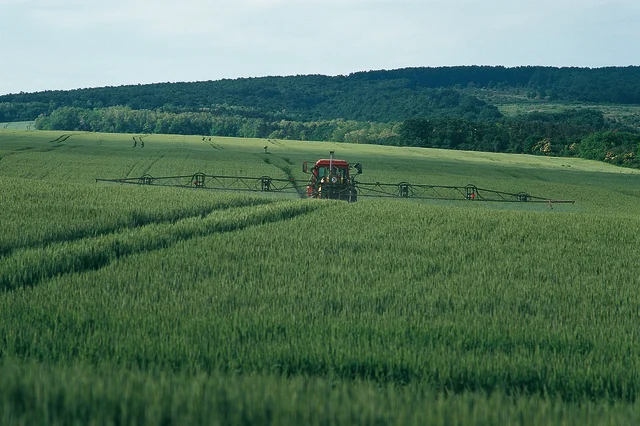Published on 22nd May 2018
Weed Management
How to patch spray black-grass: Why, where and when

Destroying patches will make weed management easier in future seasons
Mapping is key to identifying where to patch spray
Problem areas should be sprayed well before black-grass seed starts to set
Patch spraying crops with glyphosate is a drastic measure to control black grass, but aggressively managing patches will help to preserve yields for the future.

Why to patch spray
Mapping shows that patches persist from year-to-year and will steadily grow unless they are controlled. In patches, weed populations are very high so there is an increased risk of a mutation occurring which confers some type of resistance. For long-term resistance management, it is better to eliminate the patch rather than rely on a selective herbicide.
Destroying patches means that next season the field will have lower, more manageable weed levels. As a result, future cultural and chemical control measures will be more likely to reach the overall level of control needed.
Where to patch spray
Growers should be walking fields and mapping black-grass hotspots to decide what action to take. If problem patches are significant, glyphosate application should be considered to prevent seeding.
Fields with poor control, herbicide resistance, or just where applications may have been missed due to wet weather, should all be considered for patch spraying to prevent black-grass populations increasing in following years.
When populations are low it may be possible to hand rogue patches. This is a good tactic when black-grass is starting to occur on the farm, in particular to prevent build up.
When to patch spray
Patches that have been mapped out as problem areas can be sprayed with glyphosate as soon as it is identified at any stage of the season.
However, once into late spring, glyphosate works best once grassweed extension is over and seed heads are fully emerged. Once the seed head is out, you usually have a good three weeks before the first seeds become viable, so it is possible, and perhaps better as it can help with accuracy, to hold off spraying until mid-June.
It is important to spray before seeds become viable as glyphosate application then will be ineffective, if seed is viable when it hits the ground.
If you have any questions, please contact your local CTM or Tweet @Bayer4CropsUK.
If you found this useful, you can keep up with the latest advice and insight from our blog by signing up for our newsletter.



